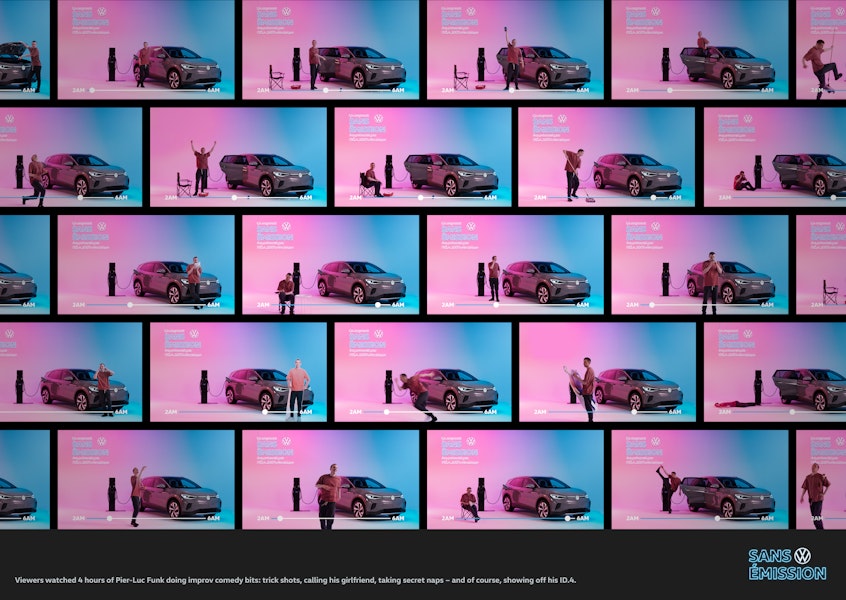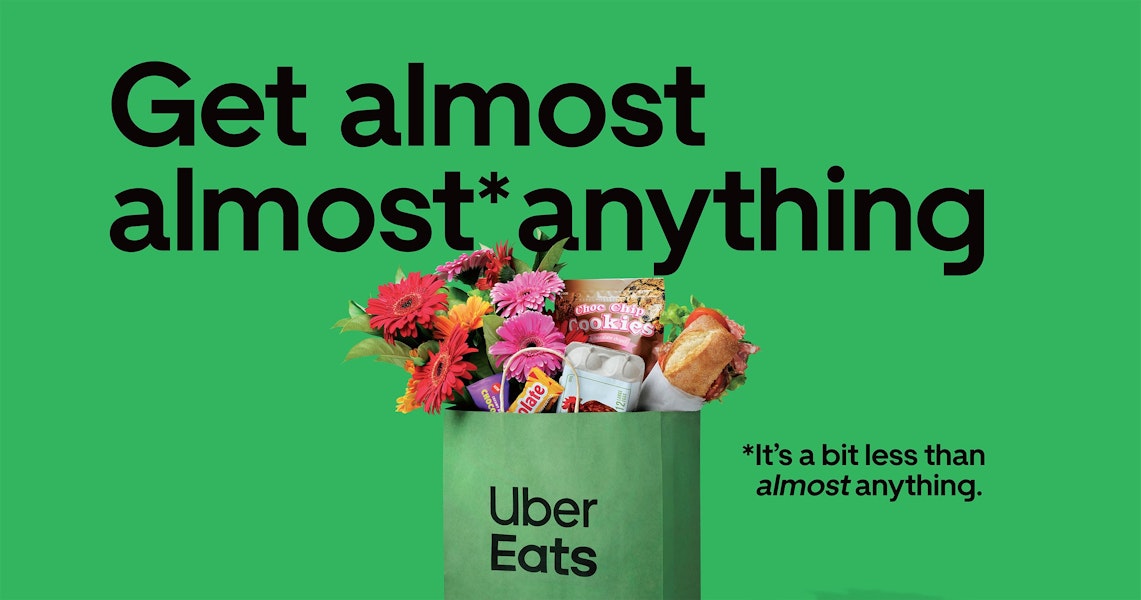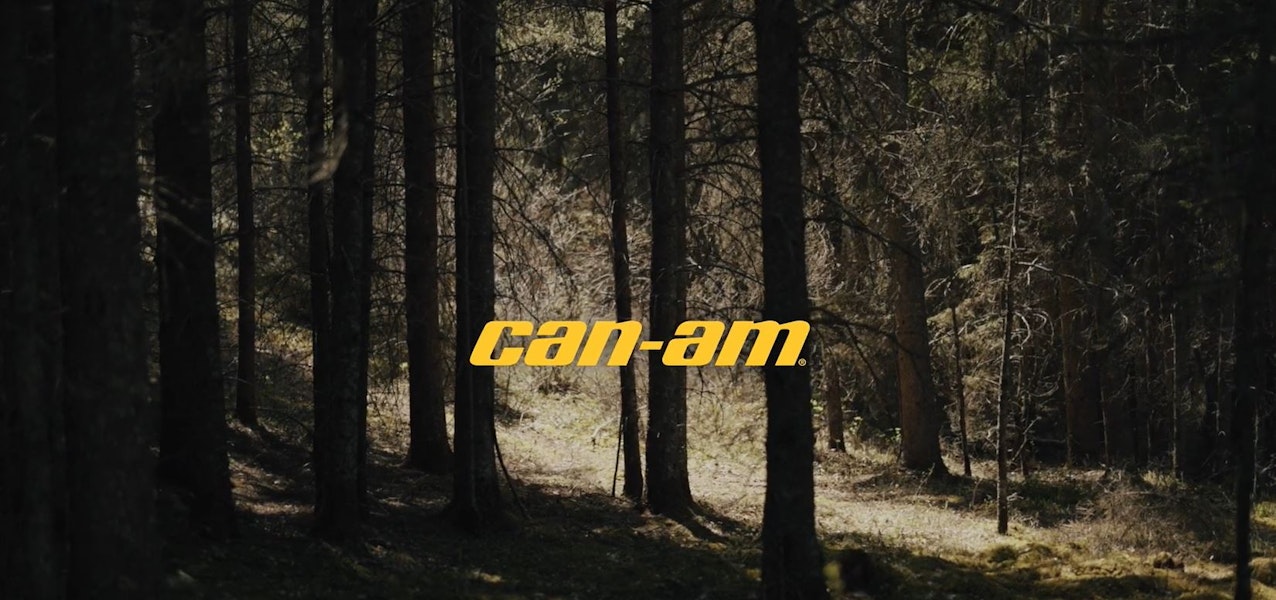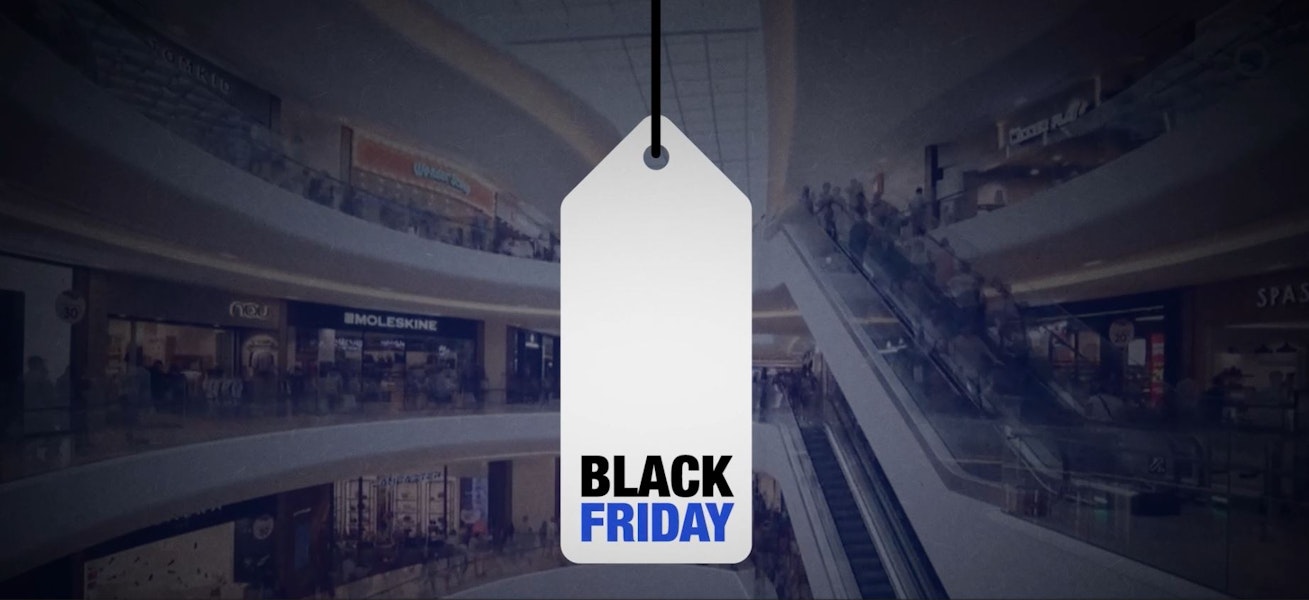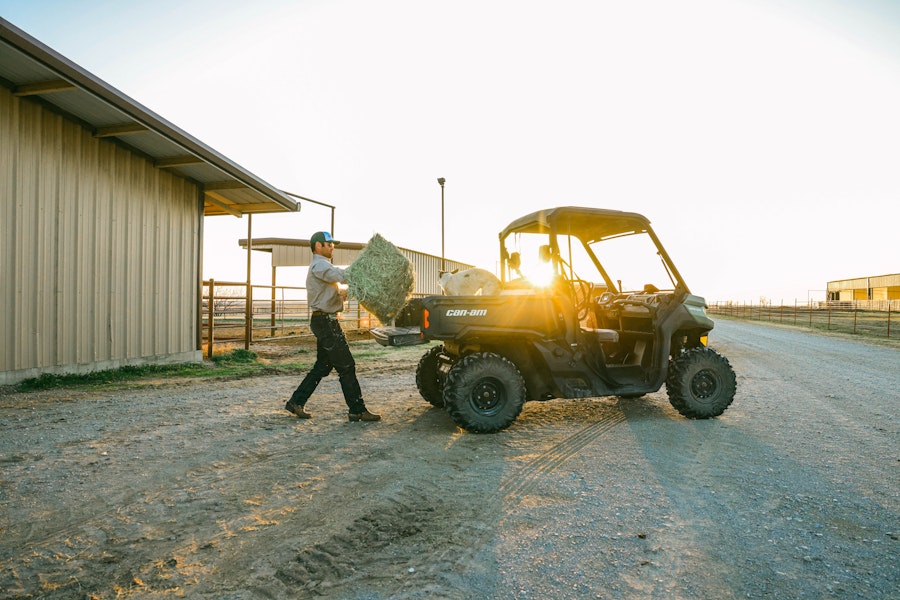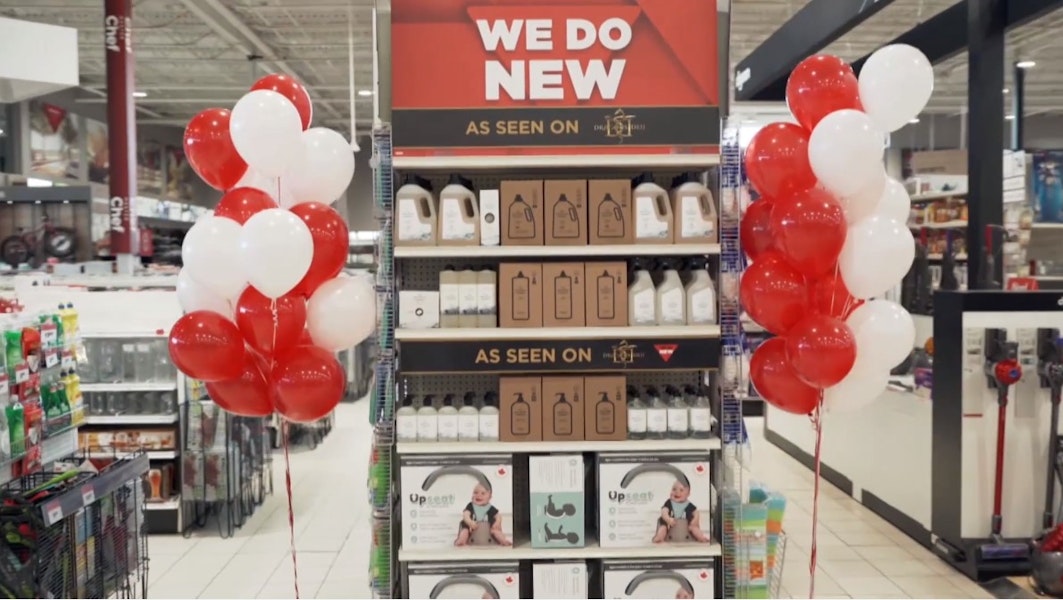Fueled by data.
Driven by creativity.
Redefining
creativity




What’s new at Touché!
Latest newsm-ctvytDH8SFitjmLOV88olw

The sports broadcasting landscape in Canada is undergoing a major transformation. Streaming platforms are rapidly encroaching on traditional TV territory, with Amazon’s entry into NHL and NBA broadcasting marking a significant shift. As Rogers' 12-year, $5 billion NHL deal approaches its 2026 expiration, the future of how Canadians watch their favorite sport remains uncertain. Will this shift benefit fans, or will it create new barriers? And what does this mean for advertisers who have long relied on traditional broadcast audiences?
Fan Experience vs. Casual Fans
A recent example of sports moving to streaming is the MLS, which signed an exclusive global broadcasting deal with Apple TV. While die-hard fans benefit from better access and fewer blackouts, casual fans face a financial barrier that could hinder the league's broader growth. The question is whether a similar trend will unfold in Canadian hockey.
Unlike MLS, hockey holds deep cultural significance in Canada, with a long tradition of broad TV accessibility. The NHL's fragmented broadcast rights, now involving Rogers, Bell, Quebecor and Amazon, mean that fans must navigate multiple platforms. This shift presents a potential pain point—while it may improve production value, it could make the experience more cumbersome and expensive for those unwilling to subscribe to multiple services.
There is also a stronger focus on interests and values beyond the game itself, where sports fans are also consuming content in different ways. Non-live sports content is a new way in. New fans emerge thanks to new ways of consuming sports content (ex. Drive to survive series on Netflix): it’s more accessible, more entertaining, and more personality-driven.
This shift is driven by the wants, needs and preferences of Gen Z – a cohort among which just 23% are sports fans in the US (compared with 42% of Millennials): it will be essential to meet modern fans on the platforms where they are spending time. We can expect fresh story formats to emerge, enabling fans to stay engaged even longer (Source: WARC, Sports marketing trends in 2024).
The "Mass" Appeal of TV is Changing
Traditional TV broadcasting has always offered advertisers unparalleled reach. Still the case today. A single campaign on a national network could capture millions of viewers, including both dedicated fans and casual audiences. This broad exposure was invaluable for advertisers aiming to build widespread brand awareness.
However, as sports shift to streaming platforms, audiences are becoming increasingly segmented. The model is shifting from mass exposure to highly targeted advertising, where brands can tailor their campaigns for specific demographics. While this allows for better precision, it also means a loss of reach—advertisers will no longer be able to connect with the large, casual audiences that TV provided.
How This Affects Advertisers in Canada
For advertisers, this new reality presents both challenges and opportunities. On one hand, streaming services like Amazon and Apple TV provide advanced targeting tools, allowing brands to reach highly engaged and affluent audiences. This could lead to higher conversion rates and more effective campaigns. However, this precision comes at a cost—CPMs (cost per thousand impressions) are likely to rise as advertisers compete for access to niche, premium audiences.
Moreover, the shift away from traditional TV means that casual fans—who once passively watched games and were exposed to ads—may no longer be part of the equation. This could significantly impact brand awareness campaigns that rely on mass exposure. Canadian advertisers will need to rethink their strategies, perhaps by investing more in digital and social media advertising to compensate for the lost TV reach.
The Future of Sports Broadcasting
With Rogers’ NHL deal ending in 2026, competition for broadcasting rights will intensify. Amazon’s entrance into the market signals that tech giants are increasingly willing to challenge traditional networks, potentially driving up costs and further fragmenting access for fans. If more platforms secure exclusive rights, fans will be forced to make difficult decisions about which services to subscribe to.
This shift could make sports broadcasting feel more like a premium, luxury product, catering primarily to those willing to pay for enhanced experiences. Features like behind-the-scenes content, interactive options, and athlete engagement could become standard offerings for streaming platforms, differentiating them from traditional TV.
Conclusion
The evolution of sports broadcasting in Canada reflects a broader transformation in media consumption. While streaming offers improved experiences for dedicated fans, it risks alienating casual viewers, reducing the overall reach of sports. For advertisers, this means adapting to a world where broad exposure is no longer guaranteed. Higher CPMs, more targeted advertising, and shifting audience behaviors will define the new landscape.
As live sports continue migrating to streaming, advertisers and fans alike must navigate an increasingly complex and fragmented world—one where the game may still be the same, but the way it’s watched and marketed is changing dramatically.
Image Source: Amazon Canada
m-JPLnsOOUQ1CxHJCx9x1gLw

We’re proud to officially launch the OMG-Wide IDEA Initiative in Canada, Badges of Belonging.
Badges of Belonging is a bold and inspiring celebration of creativity, inclusion and connection that is designed to unite us #OneOMG. This initiative brings together art, culture, and community, reflecting the diverse identities that shape who we are and the strength we discover in our differences. These badges serve as symbols of our commitment to fostering a more inclusive and empowering organization – one where every individual is seen, valued and respected. A place where everyone truly belongs.
Originally created by our Hearts & Science team in NYC three years ago, this initiative is about humanizing our brand, celebrating diversity, and living our values.


To kick off this meaningful program in Canada, we’re showcasing “Roots to Roots”, a powerful piece of artwork created to honour Black History Month. Thank you to the talented artist, Sachiel Andre, who first joined OMG as an intern through the Black Student Summer Leadership Program, for sharing his vision and helping us reflect on the importance of amplifying diverse voices.
"Titled Roots to Roots, this Badge of Belonging depicts the image of a quilt, a long-standing staple in African culture that represents various themes important to Black History Month. A quilt is a symbol of continued history, an infinitely expandable piece of culture that holds the memories of all who once contributed to it, while leaving room for future generations who wish to carry it on. The artwork seeks to embody its title by using the quilt’s association with preserving history to honor the lives and stories of Black Canadians that often go untold with representation for the stories of Africville, Little Burgundy, Hogan's Alley and more."
This badge, inspired by the rich symbolism of African quilts, represents the untold stories of Black Canadians, from Africville to Little Burgundy and Hogan’s Alley. It reflects on the past, embraces the present, and paves the way for the future. As the quilt transitions into the silhouette of a Black woman, through her hair, it serves as a reminder that history lives within us all and that the journey is far from over.
"Transitioning from the past, the piece also leaves room for growth and the future. The journey of Black people in Canada is far richer and more complex than many believe – and it is nowhere near its conclusion. As the quilt meets its end, waiting for the needle and thread to be taken up by the next generation, the strands curl and warp into the silhouette of a Black woman, linking to the roots of her hair, hair which remains so important to Black culture today.
This artwork serves as a reminder that the roots of Black history in Canada are directly woven and connected to the Black people who live here today – rooted within us, always."
We’re proud to share that “Roots to Roots” will hang in all three of our Canadian offices, serving as a daily reminder of our commitment to inclusion and belonging.




